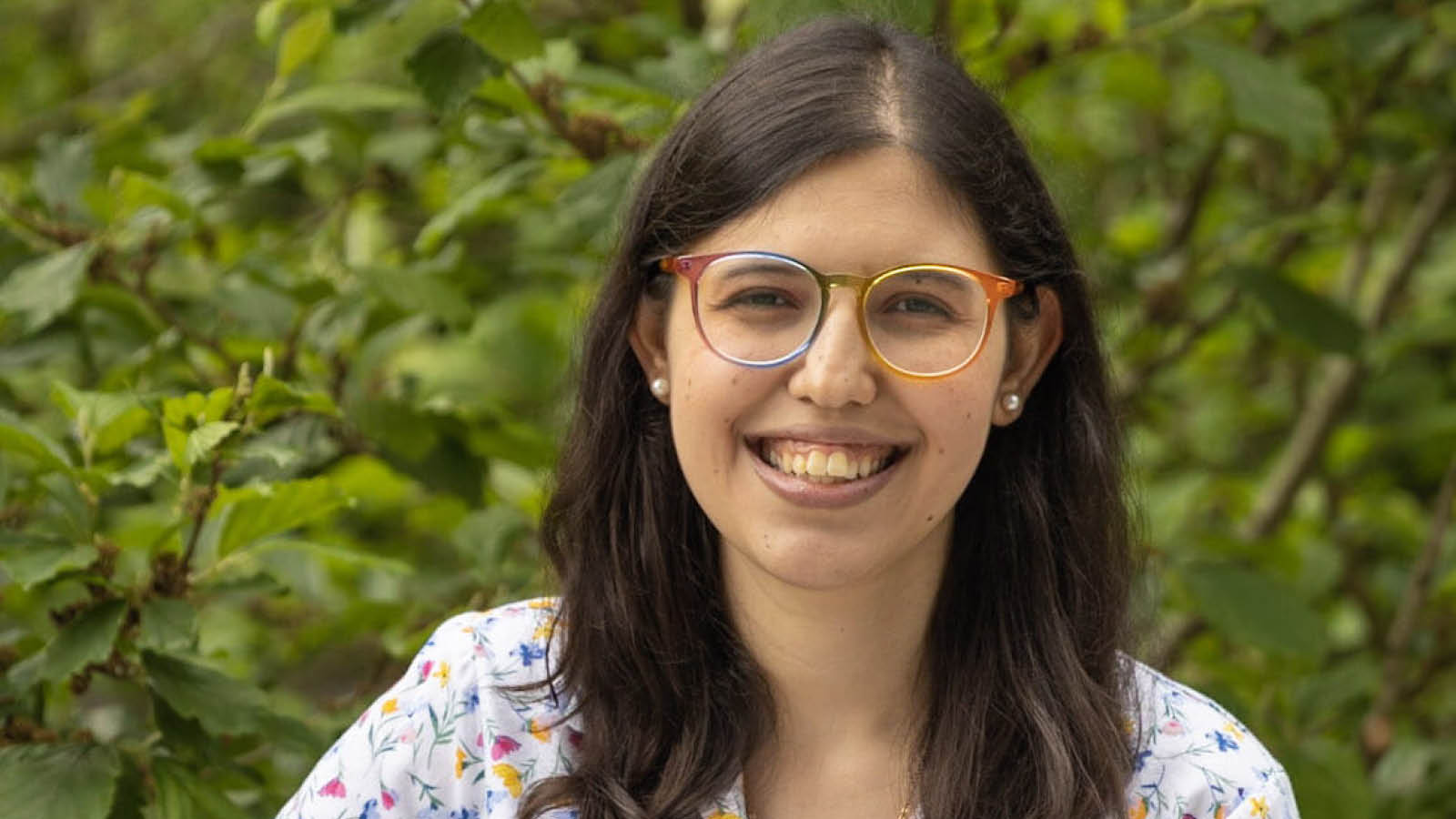Three professors will bolster cancer research at Rice University when they join the faculty with $8 million in recruitment grants from the Cancer Prevention and Research Institute of Texas (CPRIT).
Hans Renata and Samantha Yruegas will join Rice’s Department of Chemistry on July 1, Renata as an associate professor and Yruegas as an assistant professor. Mingjie Dai will become an assistant professor in the Department of Bioengineering on the same day.
The grants to Rice were among 17 CPRIT awarded on May 18, worth nearly $48 million, to bring cancer researchers from across the country to Texas institutions.
Yruegas first came to Rice to speak at the Gulf Coast Undergraduate Research Symposium about a decade ago, while she was an undergraduate at Texas A&M University.
The Gulf Coast Undergraduate Research Symposium (GCURS) is sponsored annually by Rice's Office of Graduate and Postdoctoral Studies. GCURS was created to give undergraduate researchers presentation experience and faculty mentorship, and now welcomes over 300 researchers per year to campus.
“It was the first time I presented research to people outside of my university, and it was a great experience,” she recalled. “I’ve kept that in mind. I’m passionate about diversity and getting people involved in science, and Rice has a big emphasis on that.”
Following her 2019 graduation from Baylor University, she spent several years as a postdoctoral research associate at Princeton University. At Baylor, the Texas native worked on the incorporation of boron atoms into organic and bioactive molecules for electronics or to enhance drugs, which sparked her continuing interest in main group chemistry. While pursuing her Ph.D., she was named to the Periodic Table of Younger Chemists (where she represents erbium) and was featured in a video.
Her Rice lab will turn its focus to catalytic processes that employ alkaline earthmetal complexes that include calcium and magnesium. “These elements are among the top 10 in abundance in the Earth's crust and have low toxicity, potentially providing safer catalysts for large-scale chemical processes,” Yruegas said.
“When you do pharmaceutical chemistry on a large scale, you have to think about how to get rid of impurities such as metals from your drug candidate,” she said. “These alkaline earth metals are biocompatible, which can dramatically simplify the purification process.”

